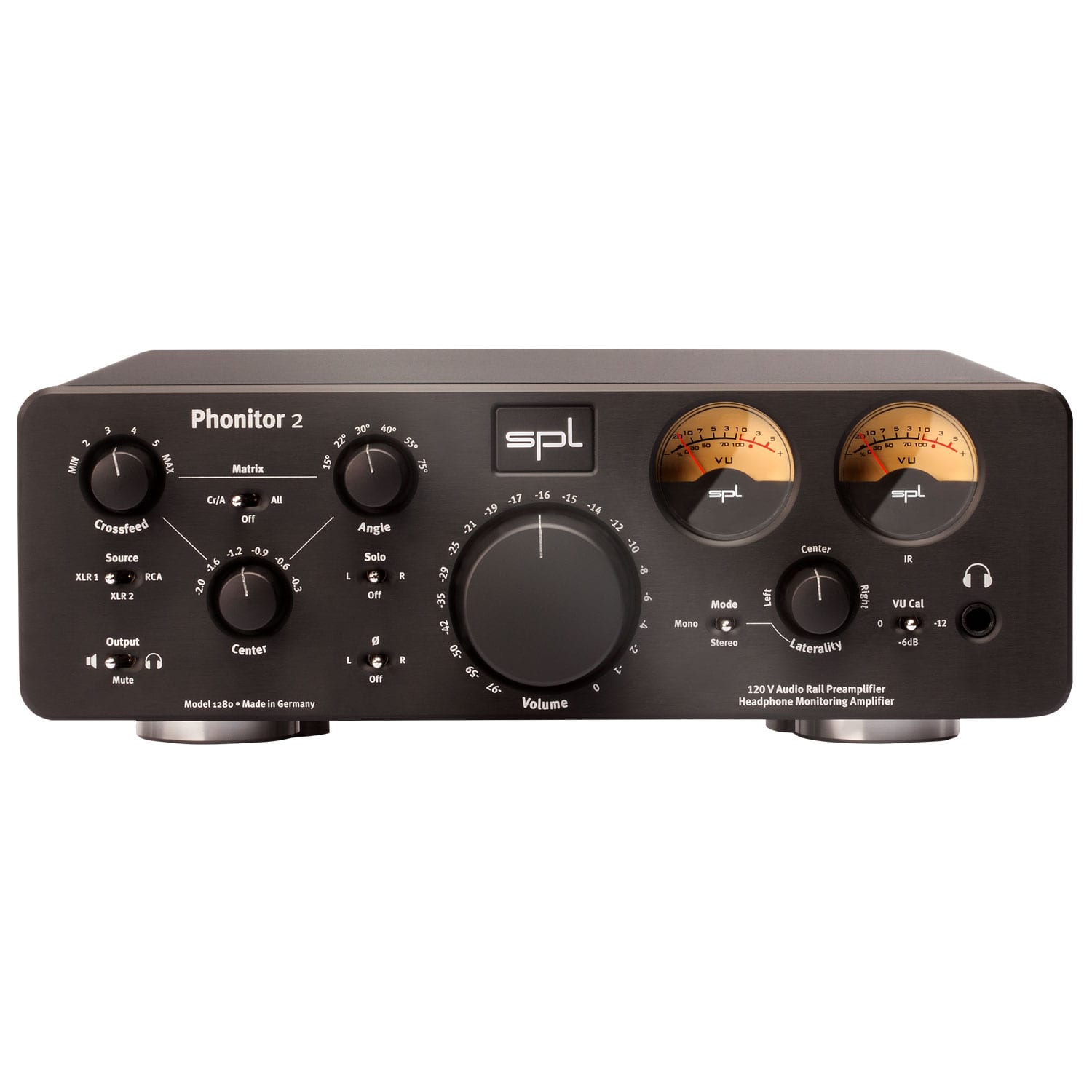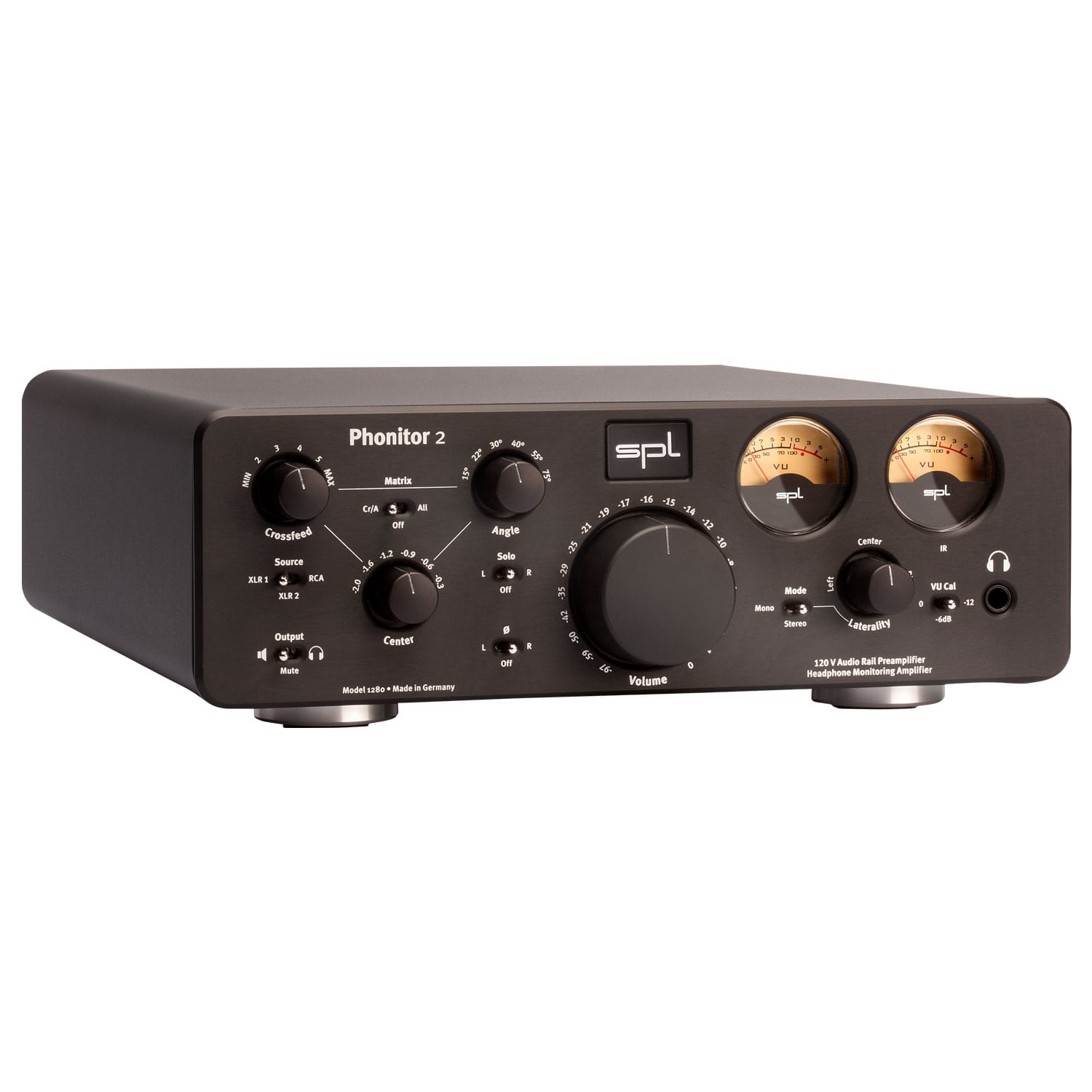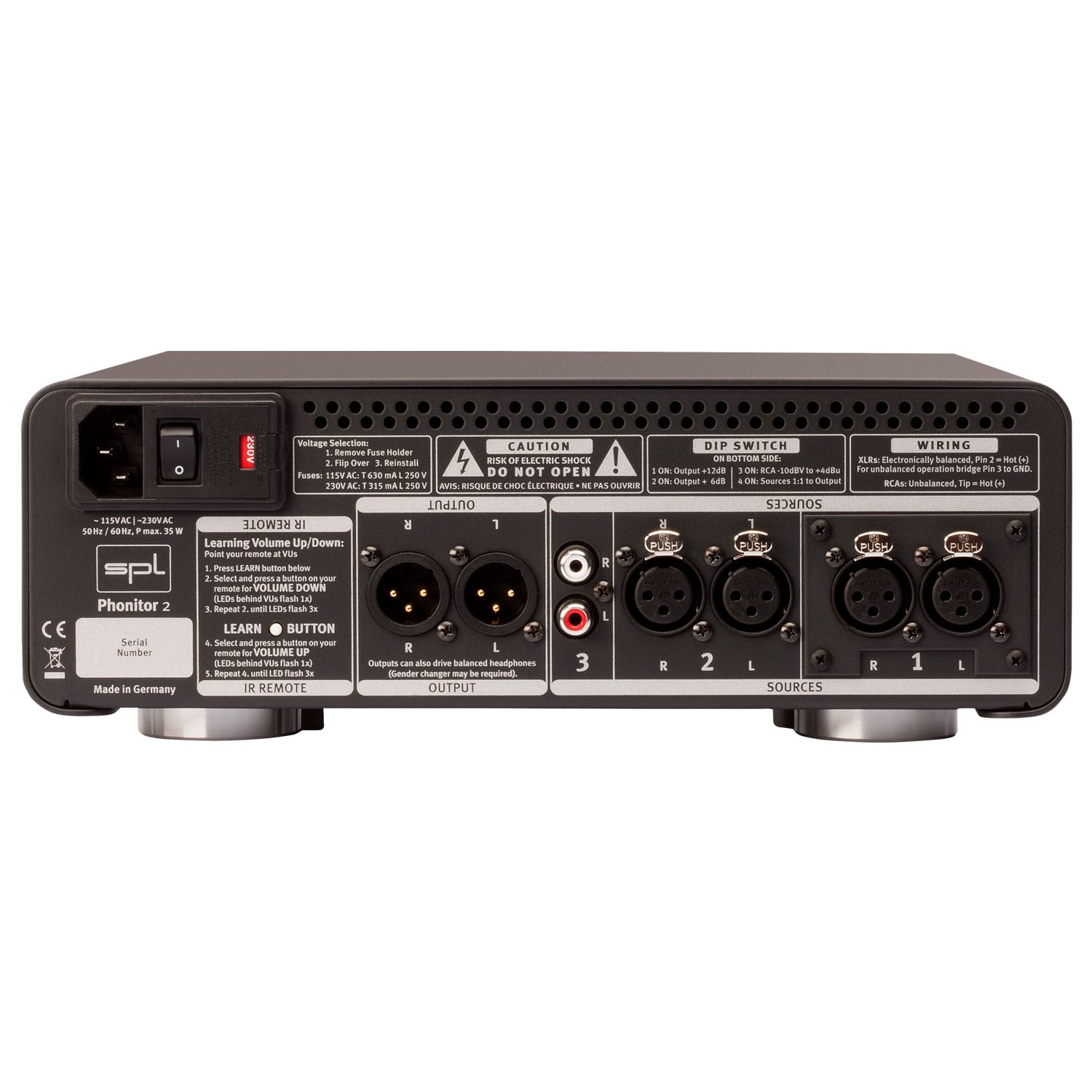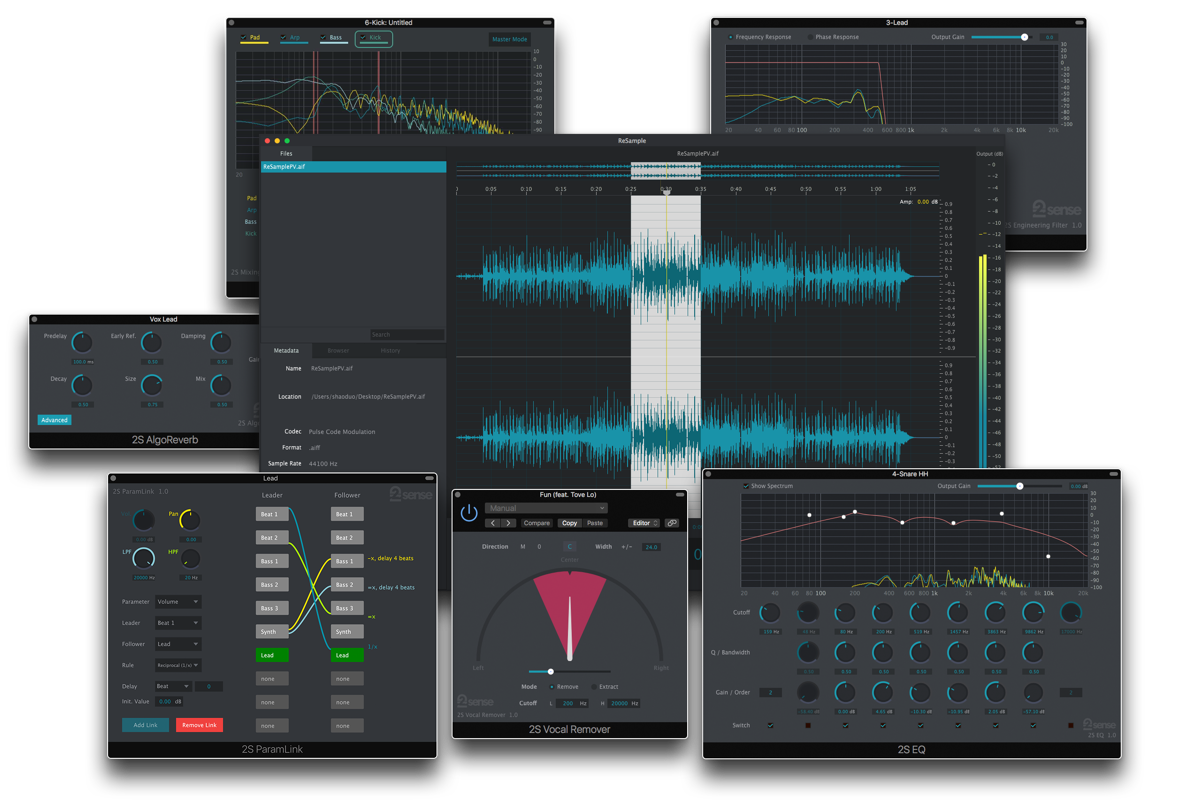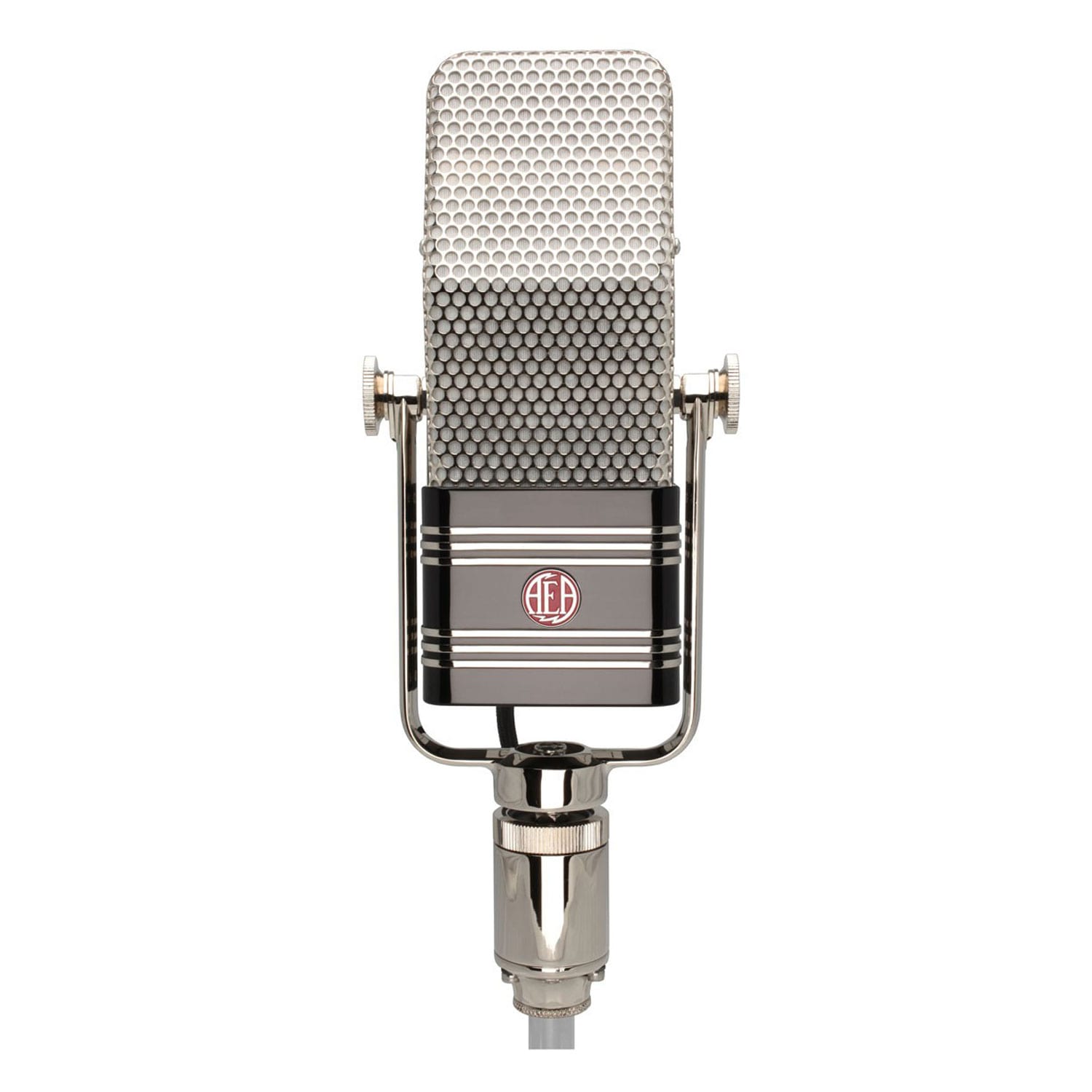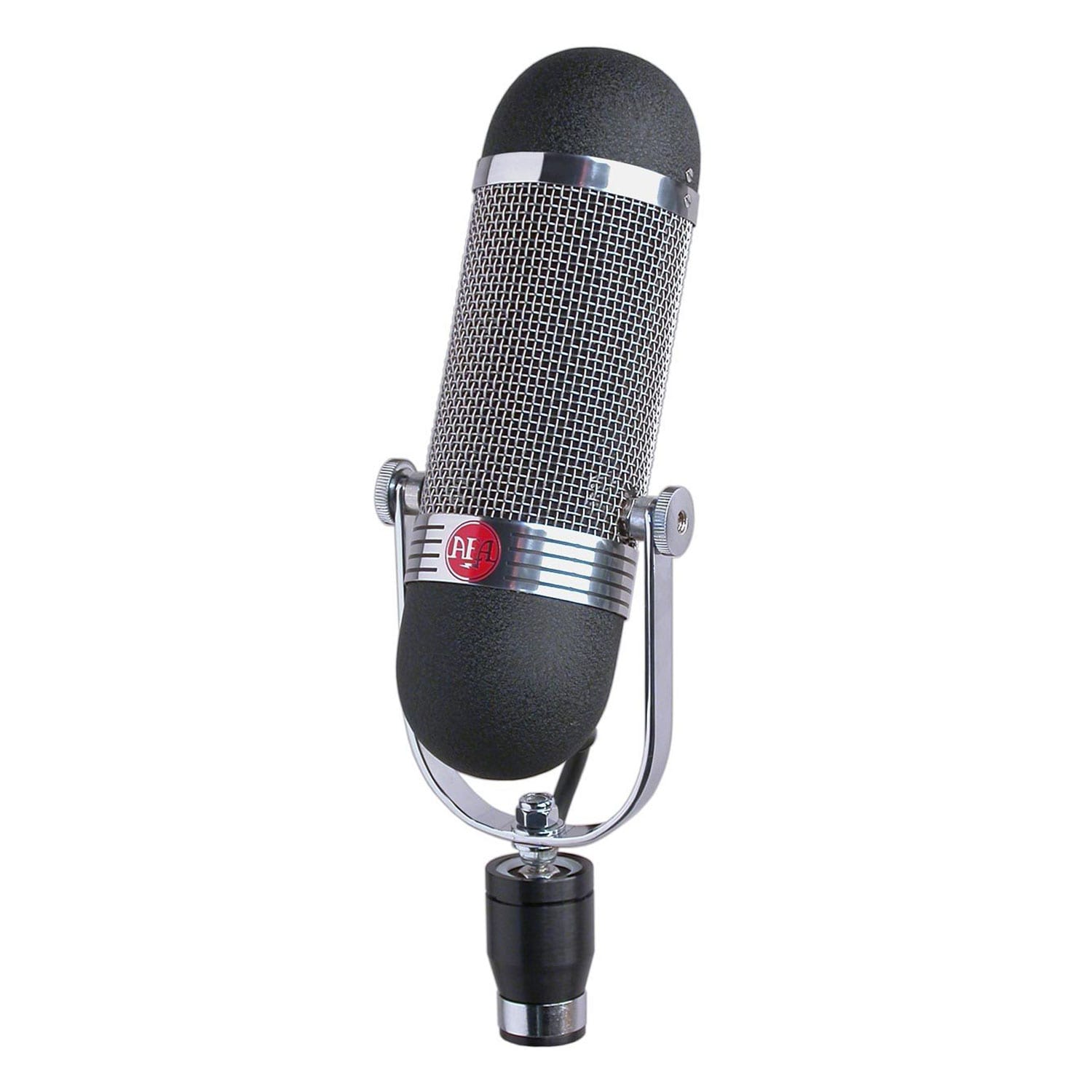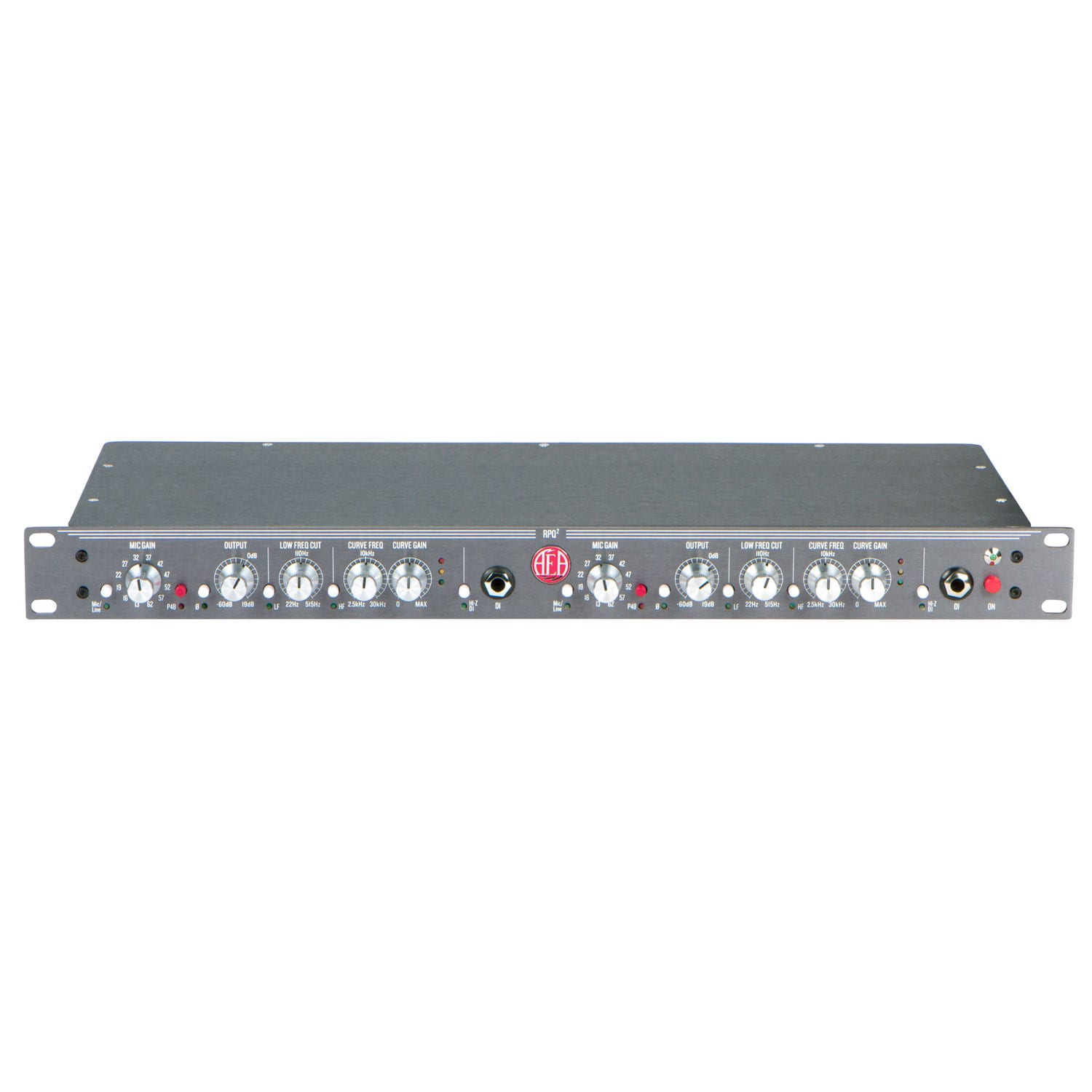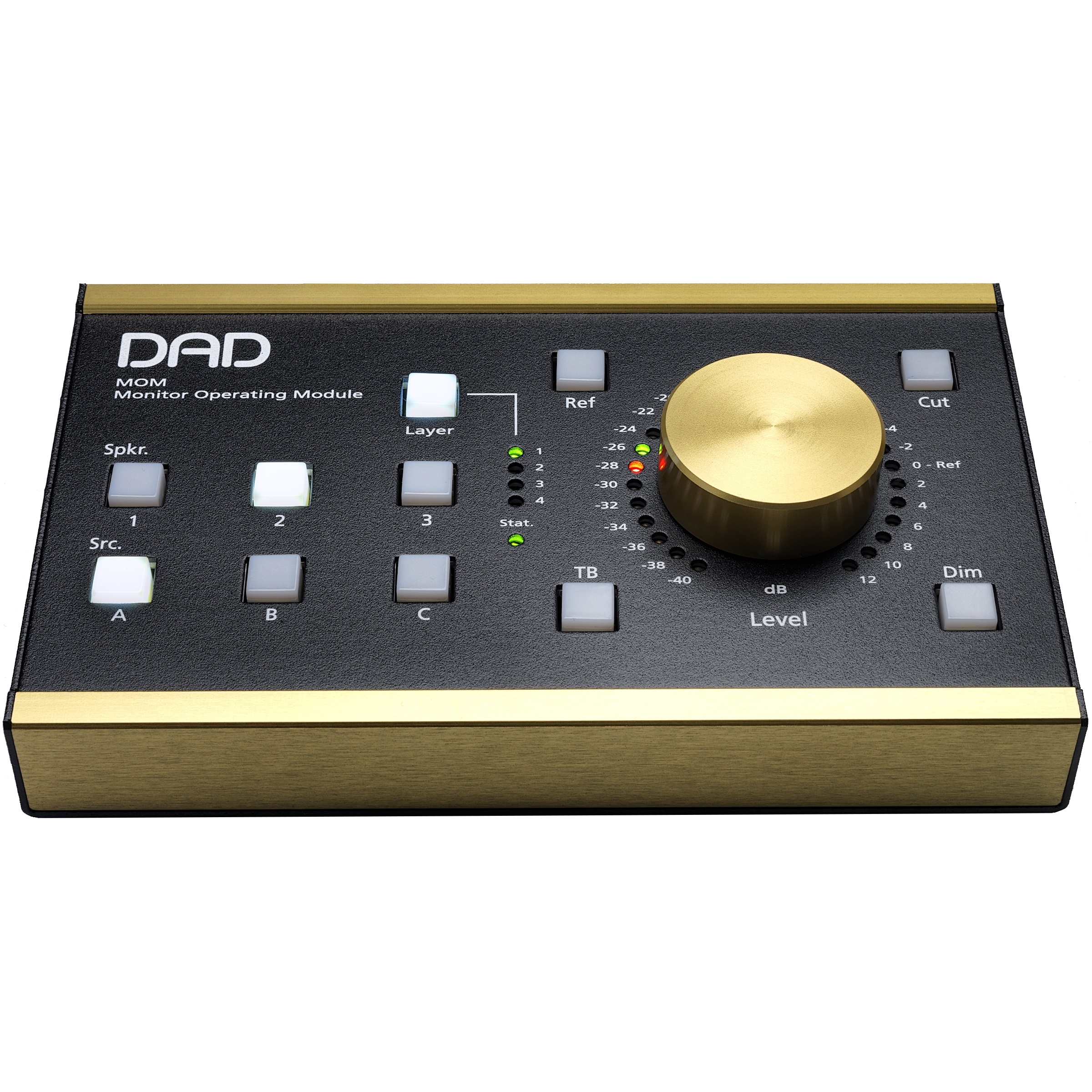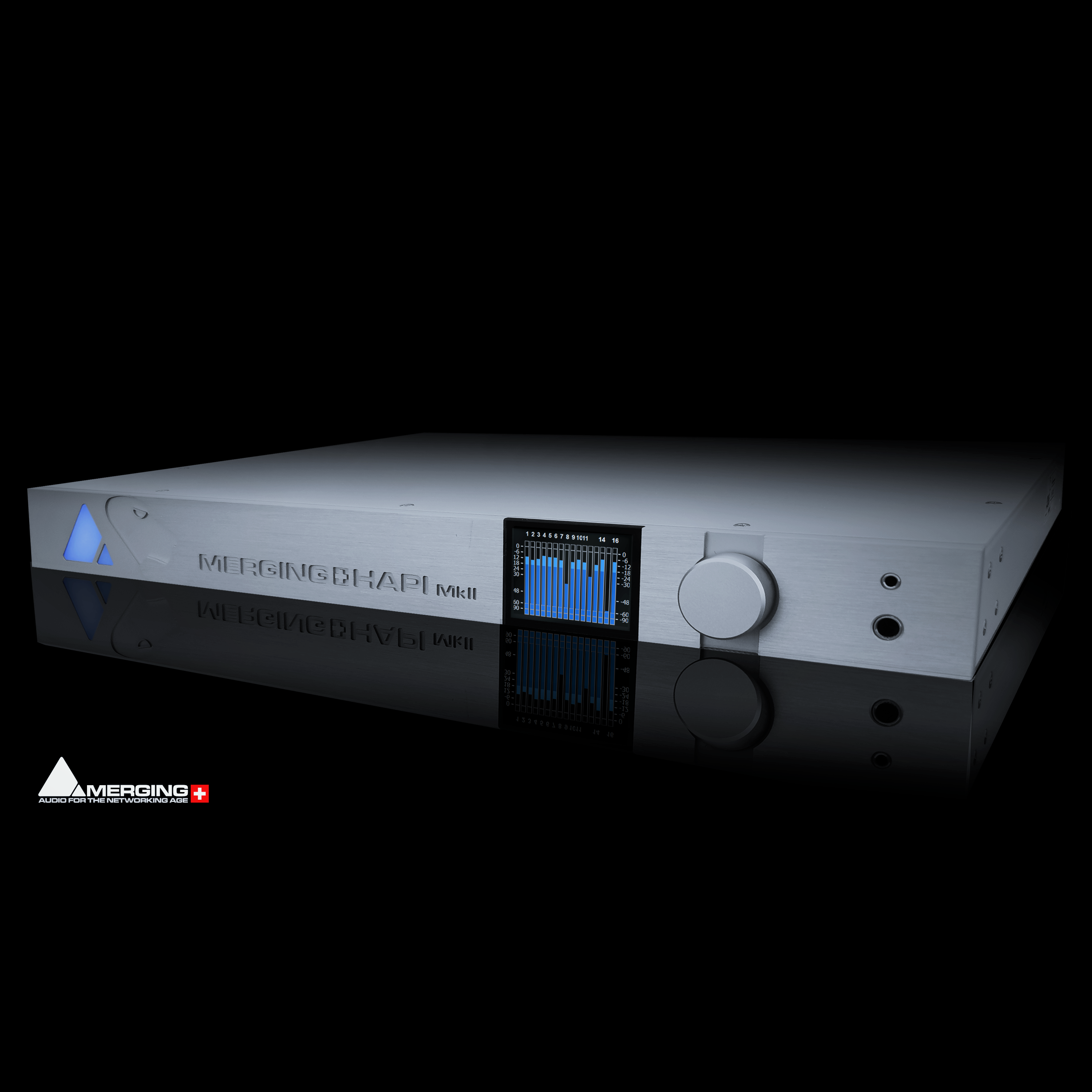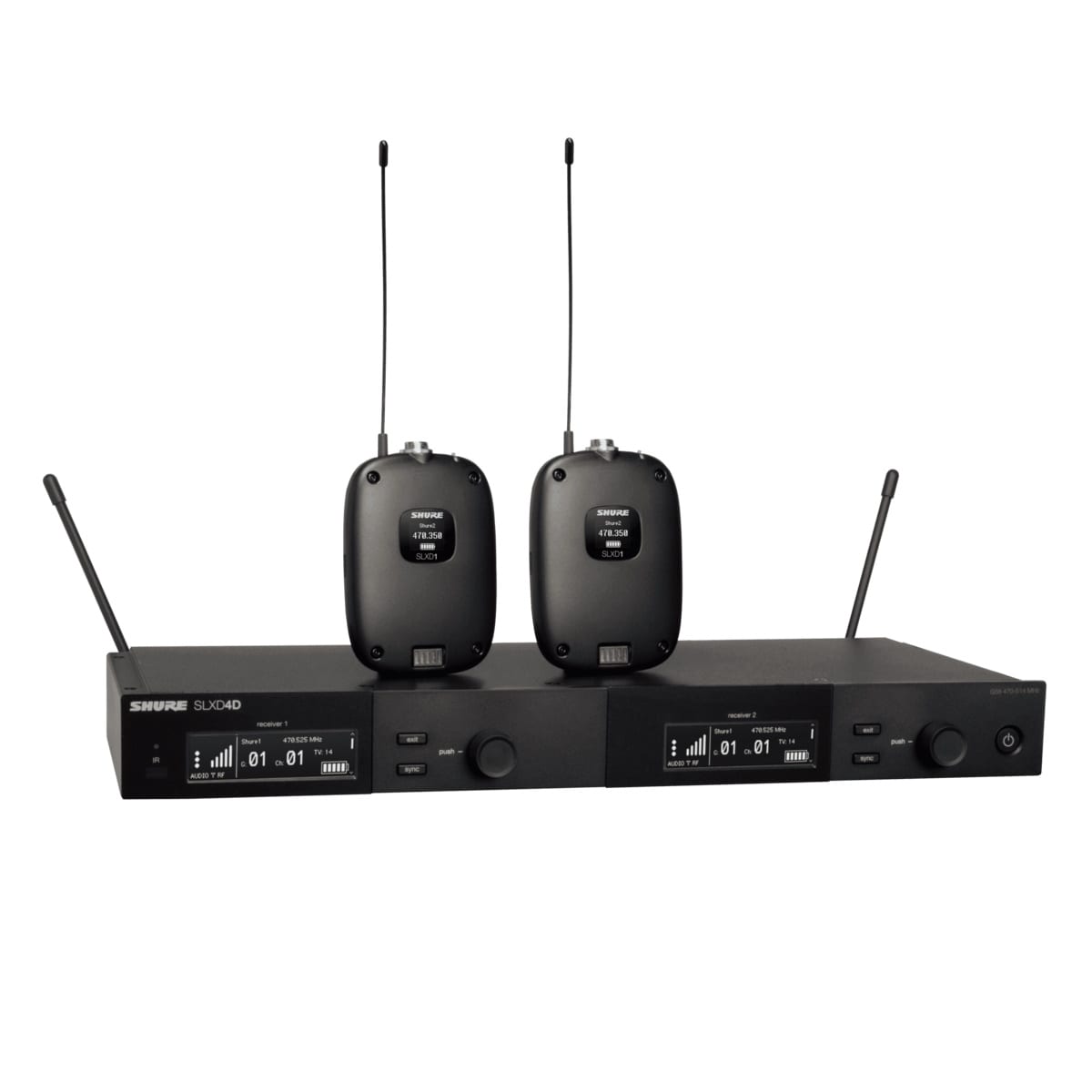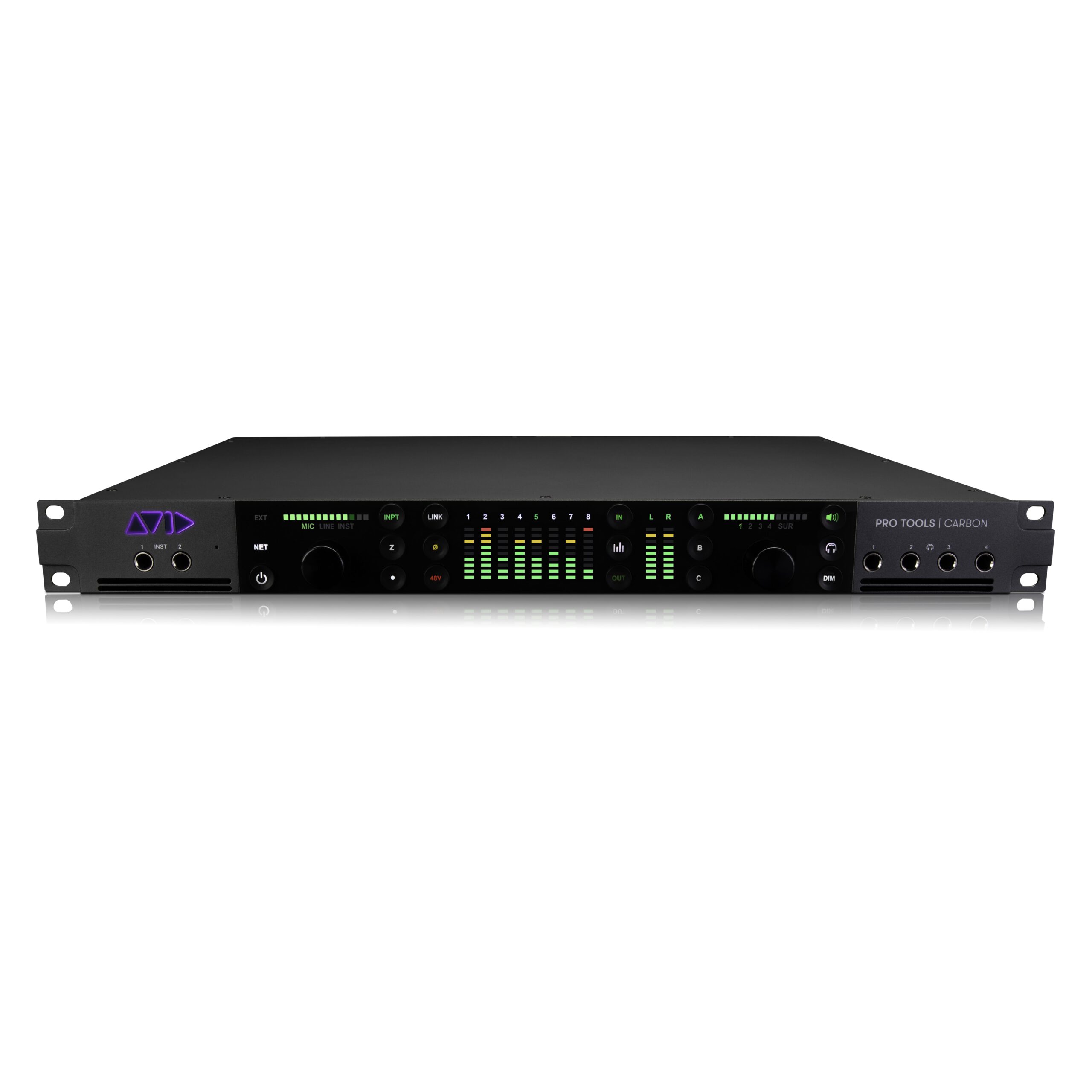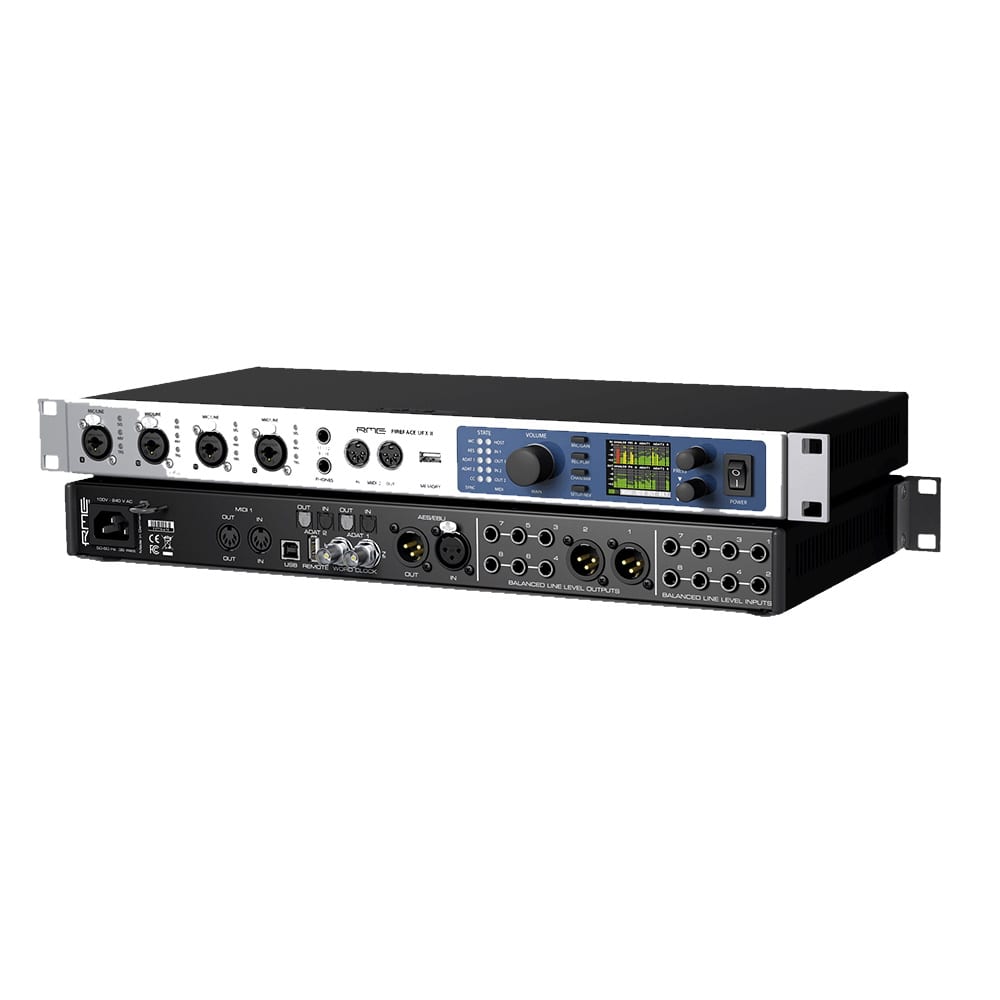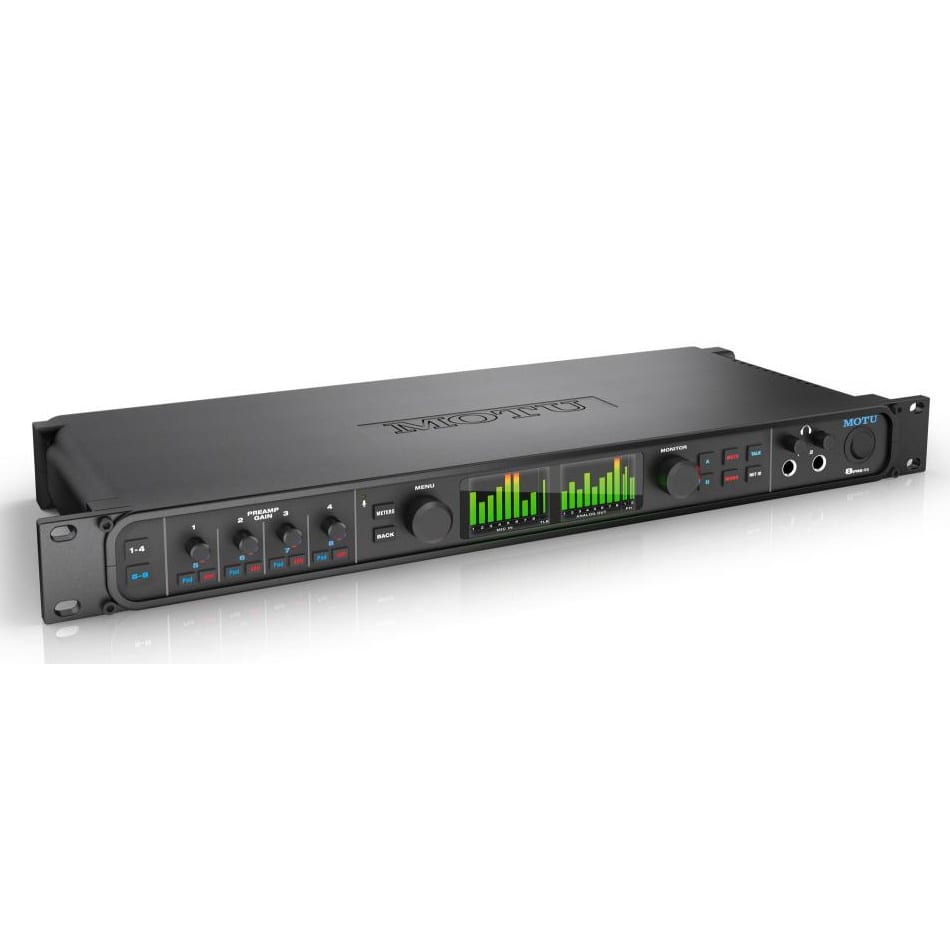Description
SPL Phonitor 2
Phonitor 2 is the ultimate headphone amplifier and monitoring controller with 120V technology for demanding sound and mastering engineers. The Phonitor Matrix enables mixing and mastering on headphones in the highest quality – just like on loudspeakers.
Great sound – for headphones
The Phonitor 2 offers a connection for a standard headphone with a stereo jack plug on the front.
Thanks to the enormous output power, all headphones are driven effortlessly. Thus, it plays out the advantages of the SPL 120V technology and rewards the listener with an honest, detailed, and at the same time vivid sound experience.
Great sound – also for loudspeakers
On the rear panel, the Phonitor 2 offers a stereo output which makes it a high-quality monitoring controller for any monitoring situation. Active speakers with an integrated power amplifier or passive speakers in combination with a power amplifier can be connected at this output.
Monitoring at the highest level
The signal quality of the Phonitor 2 offers the same quality as the big SPL DMC and MMC mastering consoles.
Headphones or Speakers
The OUTPUT switch – simply switch from headphone to speaker playback.
In the center position (Mute), no signal reaches the outputs. The VU meters light up red.
Slave Thru
With a dip switch on the bottom of the device, the volume control for the rear stereo output can be switched out of the signal path.
Would you like a little bit more?
The SPL Expansion Rack is not only a 19” rack housing for the Phonitor 2, but it also expands the connection possibilities.
A passive four-way switch integrated into the Expansion Rack allows the Phonitor 2 speaker output signal to be switched between up to four stereo speaker pairs.
Free choice
On the input side, three stereo analog inputs are offered.
XLR inputs 1 and 2 are optimal for connecting balanced sources, such as for example a high-quality DA converter or audio interface.
RCA input 3 is perfect for connecting, for example, a CD player or other similar sources with RCA outputs.
When a CD player or other hi-fi equipment is connected to the RCA jacks, the consumer level can be increased from -10 dBV to 0 dBu with a dip switch on the bottom of the device. In this way, the sources are better comparable in terms of their level.
Milled from solid
The massive 45mm volume control knob milled from aluminum is a haptic highlight. Its mass together with the motorized Alps RK27 “Big Blue” potentiometer enhances the “spoon in the honey” feeling even further and provides perfect control of the monitoring level.
Remote Control
The volume control can be remotely controlled with any infrared remote control.
The Phonitor 2 learns to communicate with it with the simple push of a button.
Monitoring without any compromises
The Phonitor 2 is a full-fledged monitor-controller:
- Sources: 2x XLR, 1x RCA
- Mono/Stereo
- Solo L/R
- Phase inversion for L and R
- Output switchable to headphones or speakers
- Mute
- Phonitor Matrix with Crossfeed, Speaker Angle, and Center Level (the latter can be switched off)
- Laterality control
Finding the real center
Naturally, hearing can be directed more to the left or more to the right. This becomes particularly clear when listening on headphones.
Therefore, Phonitor 2 has uniquely finely resolved laterality control,
which rebalances the stereo image on the monitoring side.
The Mono/Stereo switch not only selects between stereo or mono playback.
This switch also activates the laterality control.
M/S – Center or Side?
By using the mono/stereo and L/R phase inversion switch in combination, it is also possible to only monitor the center or side signal. When the switch is set to “Mono” and phase inversion is active for L (or R), only the side signal is played back. If the phase inversion is switched off, the mono signal corresponding to the “M” signal is played back. Separate monitoring of the M and S signals has become a widespread standard for many mixing and mastering engineers.
Everything at a glance
Two mechanical VU meters visualize the input levels for the left and right audio channels.
The “VU Cal” switch can be used to reduce the signal visualized on the VU meters by -6 dB or -12 dB.
Thus, the VU meters operate in the ideal display range even at very high input levels.
The Revolution: Phonitor Matrix
The Phonitor Matrix is the revolution in the headphone amplifier.
One of the unique features of SPL headphone amplifiers is the SPL Phonitor Matrix. It enables mixing and mastering engineers to create perfect mixes on headphones, which will translate perfectly to all types of stereo speaker systems.
But the Phonitor Matrix is not only designed for professional use in the studio. It also enables the HiFi enthusiast to enjoy music on headphones, as if it was played back on speakers.
How is this possible?
Music is normally produced and mixed for playback on stereo speakers.
Listening on headphones is different from listening on loudspeakers. The biggest difference is the lack of crossing signals of the sound signal from the left speaker to the right ear and from the right speaker to the left ear.
These crossing signals are missing in conventional headphone listening because there are no signals crossing from one side of the headphones to the other. This results in an unnaturally wide stereo stage and sound sources are not played back at their actual position in the stereo spectrum.
The SPL Phonitor Matrix can correct this false stereo image with analog circuitry.
The Phonitor Matrix parameters
The two main parameters of the Phonitor Matrix are Crossfeed and Angle:
Crossfeed determines the crossing signals of the channels.
Angle determines the opening angle of the stereo image.
Level and frequency corrections of the right (red) and left audio channels (green) at maximum crossfeed.
Angle
Settings for the speaker placement angle to determine the interaural time difference.
During conventional listening on headphones, our brain can compensate for a certain level of false playback representation – but this is very exhausting and leads to listening fatigue.
To make the listening experience even more perfect, the level of the center of the stereo image needs to be attenuated when the Phonitor Matrix is active. This ensures that not only the position of all sound sources is correct but also their volume.
In most Phonitor devices this value is set to a fixed attenuation of -1 dB, which is the best choice for getting an authentic representation of the sound stage. Only Phonitor 2, designed for the most advanced mixing and mastering applications, allows adjusting the center level in 0.3 dB steps with the „Center” switch. (Bild: „Center“)
Summed up:
The SPL Phonitor Matrix corrects the false representation of the stereo sound image, which makes it much easier to find the right decisions for mixing and mastering engineers. The HiFi enthusiast can experience the music like it was originally mixed and recorded.
So nothing stands in the way of a successful and long mixing session on headphones.
Sounds good
With all SPL devices series, we develop not only according to plan but also by ear. All important components are installed on the circuit boards using Through-hole technology. This way we can ensure that we can use the best-sounding components.
The 120V technology
The 120V technology is our reference technology. The 120V technology is unique in the world. It operates at a DC voltage of 120 volts. This is four times that of IC-based semiconductor op-amps.
The highest possible audio quality requires the highest possible audio operating voltage.
The 120V technology works with +/-60 V. To be able to handle such a high voltage, we have developed special proprietary operational amplifiers that can operate with a DC voltage of +/-60 V: the SPL 120V SUPRA operational amplifiers.
This high voltage would destroy conventional components and operational amplifiers.
The 120V technology achieves exceptional technical specifications and sonic benefits. Technically, in terms of dynamic range, signal-to-noise ratio, and headroom. Sonically, in terms of richness of detail and an absolutely relaxed listening experience.
By the way, the “120V” in the name of the technology has nothing to do with the local mains voltage from the mains power socket. This is about the operating voltage inside the device with which the audio signals are processed.
The mains voltage from the mains power socket is transformed to the required secondary voltage in the device’s internal linear power supply with a toroidal transformer. Rectifiers convert this AC voltage into the DC voltage required in the audio device.
The idea for SPL 120V technology and the SUPRA operational amplifier based on this technology were developed in the 1990s by SPL founder and chief developer Wolfgang Neumann.
With the goal of building the best mastering console ever, this basic technological philosophy then took shape for the first time – thus the SPL MMC1 Mastering Console for Galaxy Studios saw the light of day in 2000.
The outstanding sonic and technical features quickly got around in the scene – so further orders were not long in coming.
Besides the MMC 1, another legendary product with 120V technology was created with the PQ, the “King of Parametric Equalizers”.
Since that time, 120V technology has been the foundation for all SPL premium products. Meanwhile, not only for mastering applications but also for studio or HiFi use.
Comparison
Most audio devices work with an internal operating voltage of +/-15 volts and can thus process a maximum input level of +21.5 dBu. If a DAC, for example, has an output level of +22 dBu at 0 dBFS, level peaks of the music material would already cause overload in the input stage of the device.
All components in the audio device often operate at their limits. The result is an unsteady sound that causes stress and faster ear fatigue.
SPL devices with 120V technology can handle input levels of +32.5 dBu thanks to the higher internal operating voltage of +/- 60 volts – thus offering 12 dB more headroom. All components consequently operate continuously in the optimum operating range. The result is a very pleasant, natural, and relaxed sound experience. So you can enjoy your music in every detail.
Specifications
Analog inputs & outputs; XLR (balanced), RCA
Standard Headphones Output, 6.35 mm (1/4″) TRS Jack
Internal Linear Power Supply with Shielded Toroidal Transformer
Mains Power Supply
Dimensions & Weight
Reference: 0 dBu = 0,775V. All specifications are subject to change without notice.
